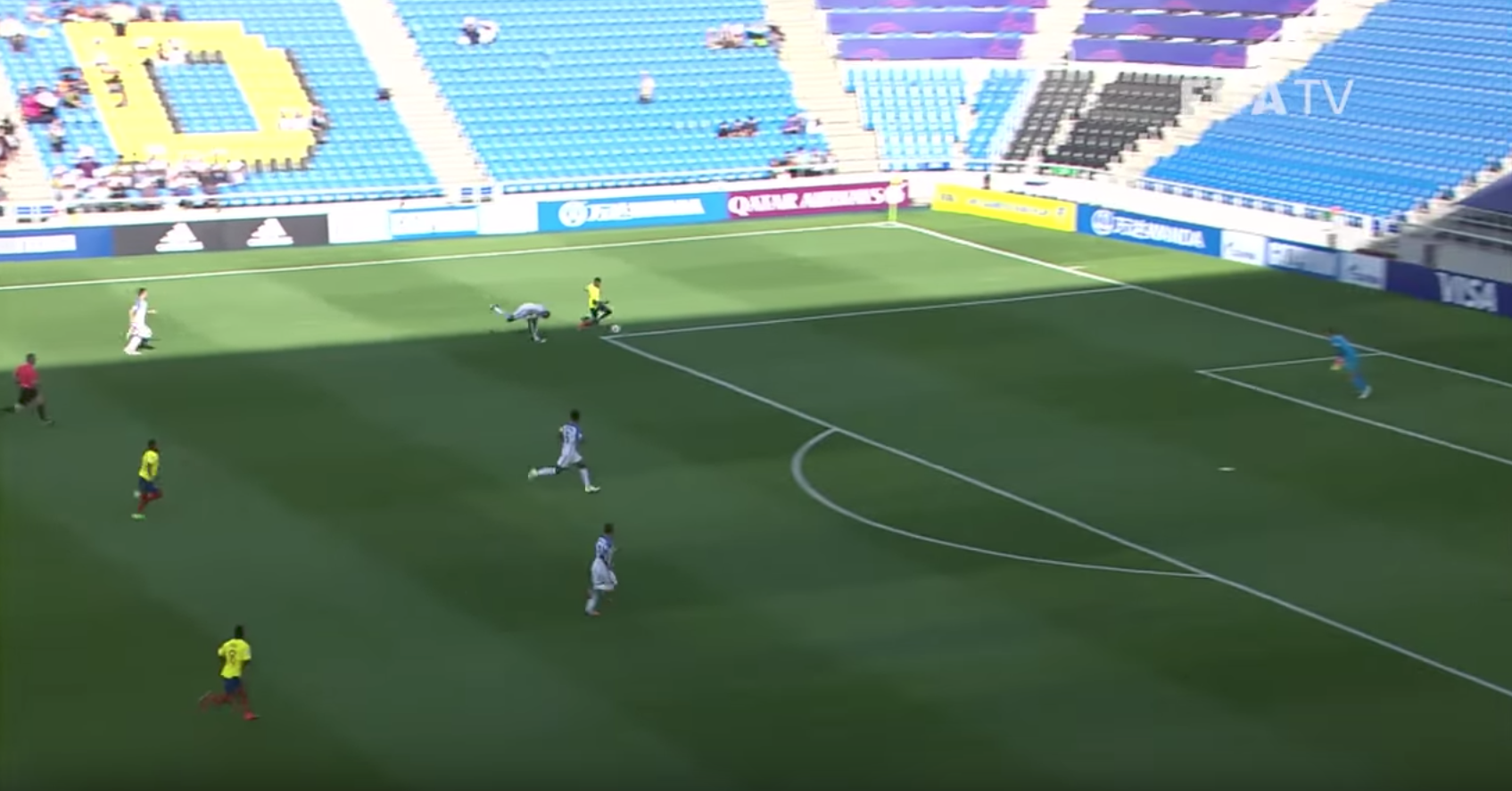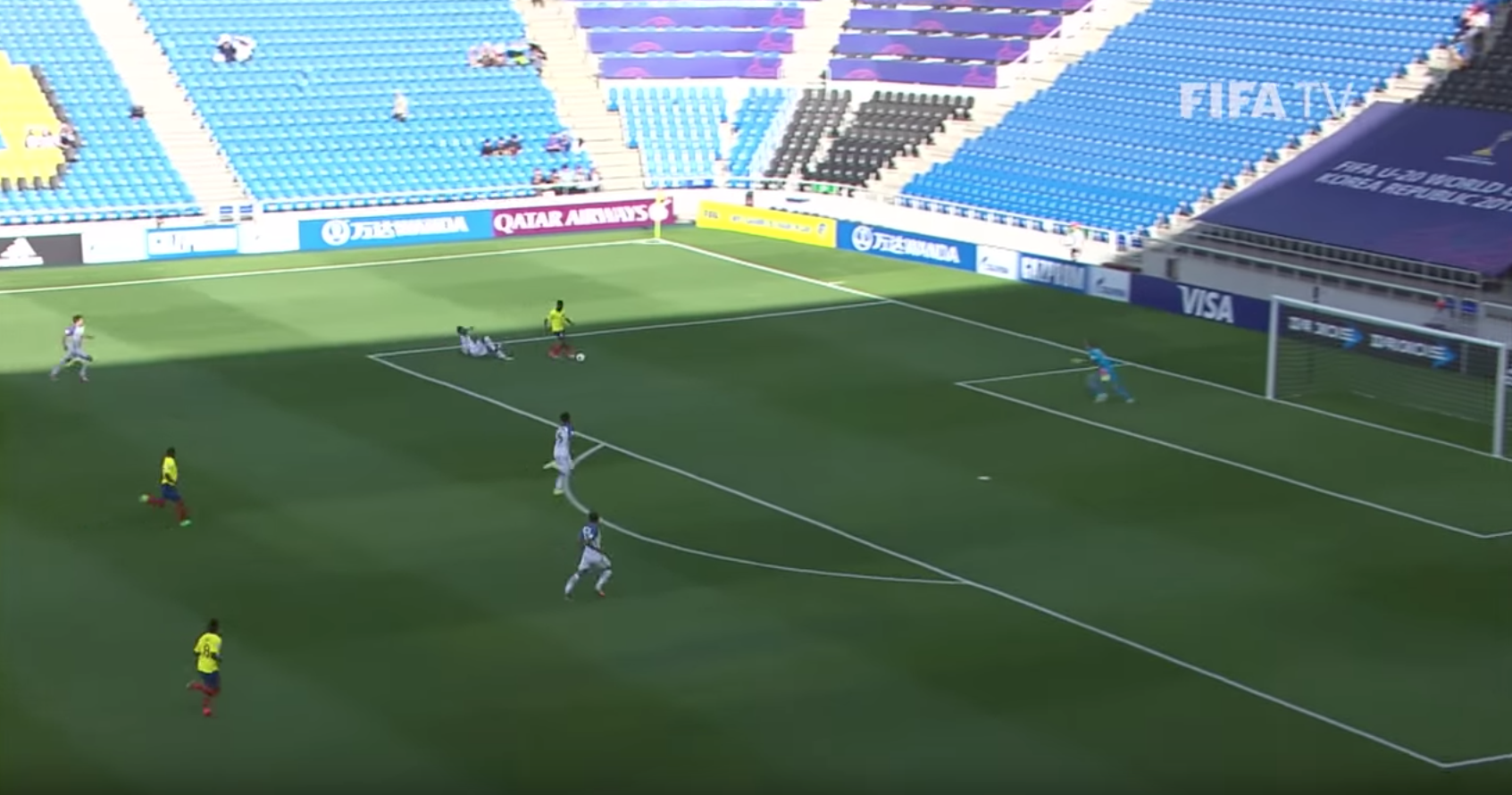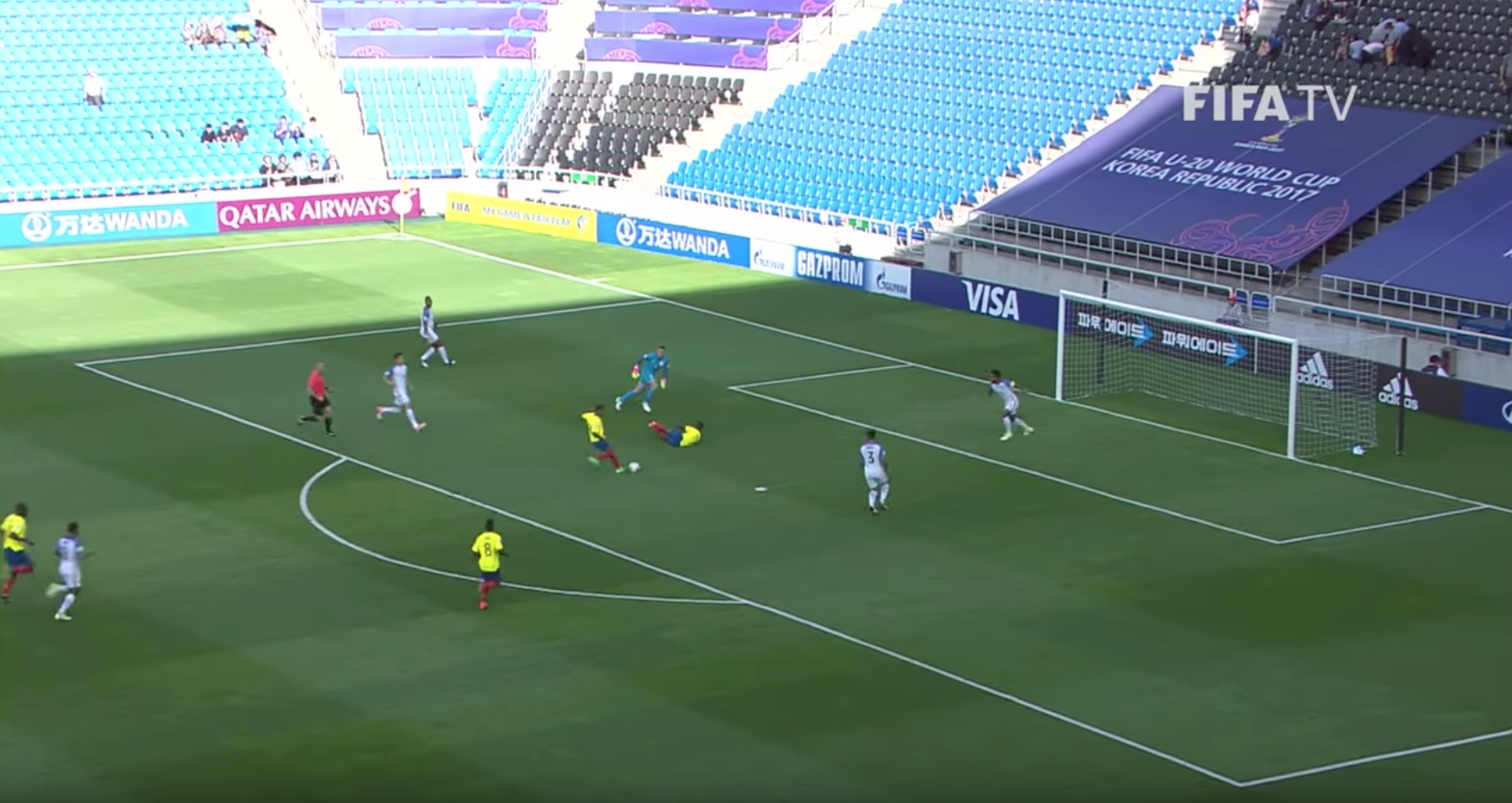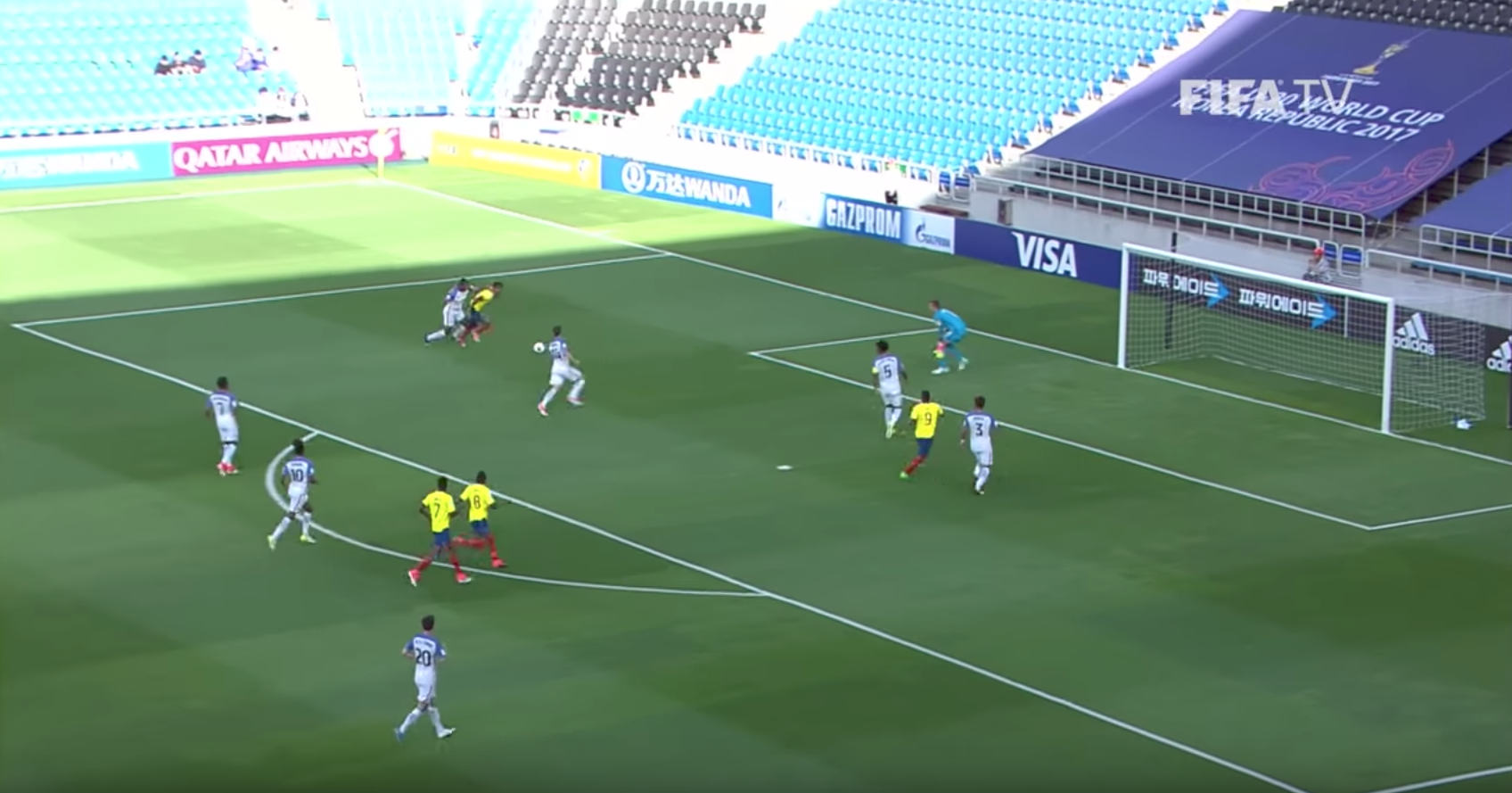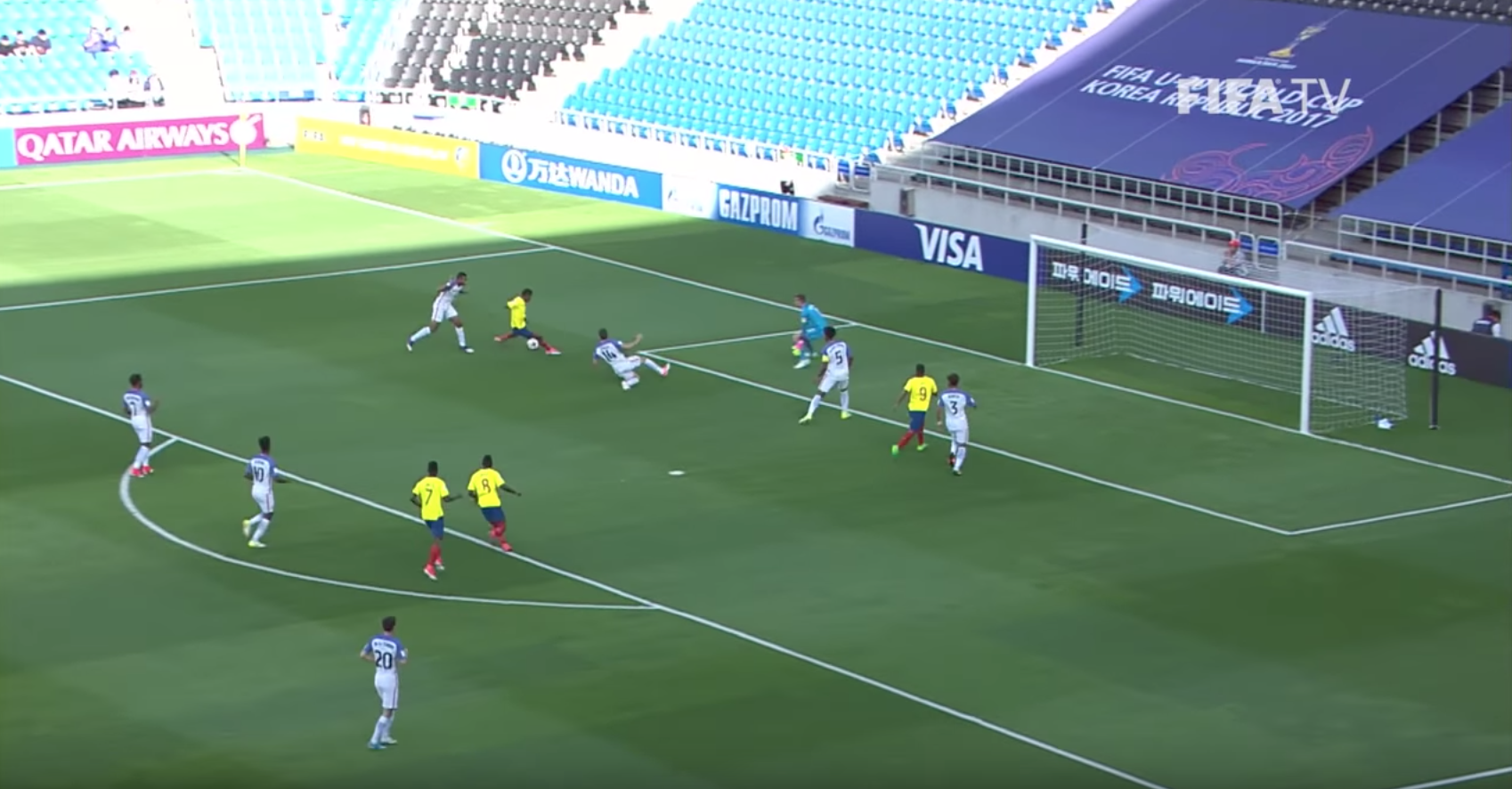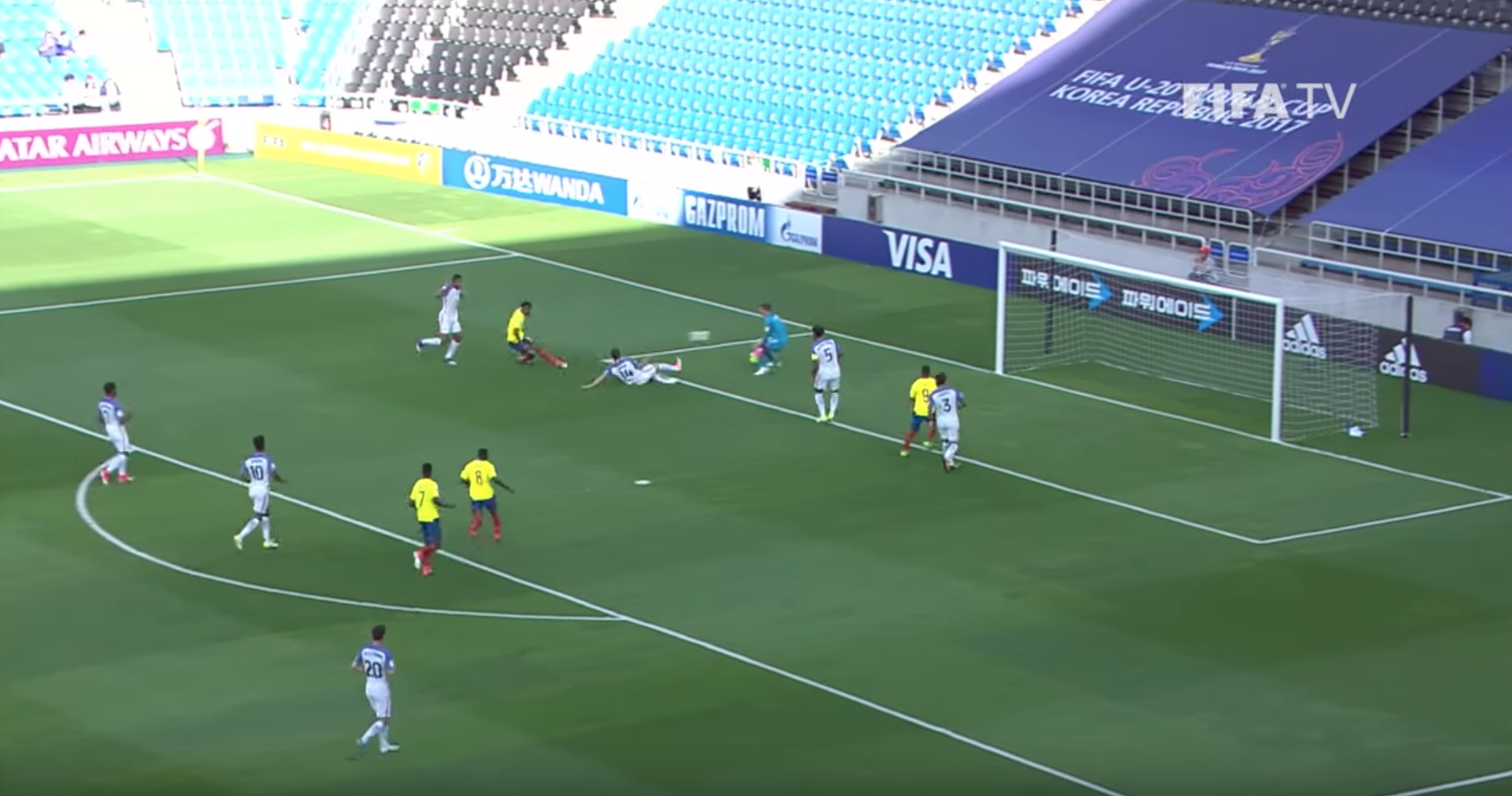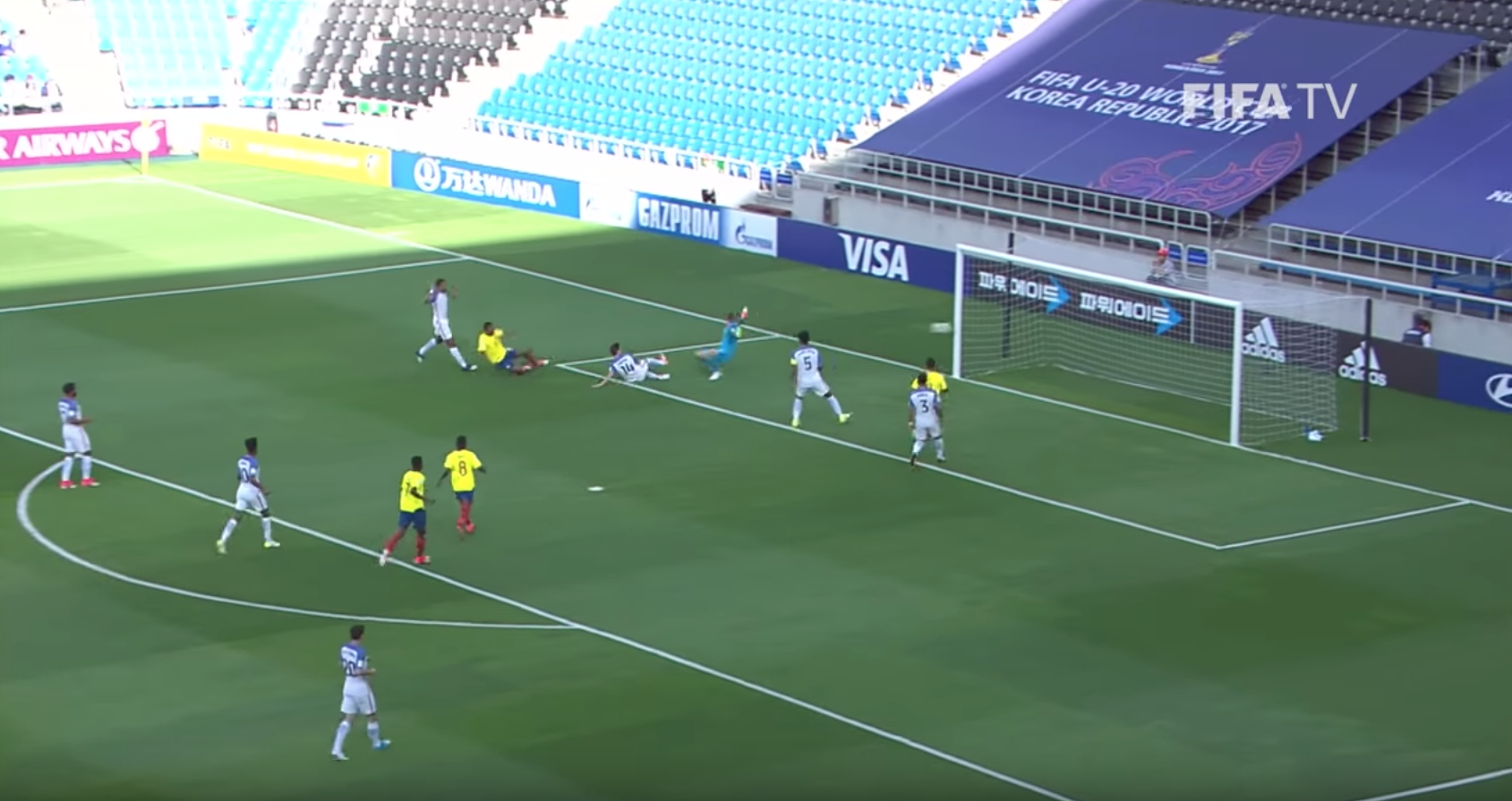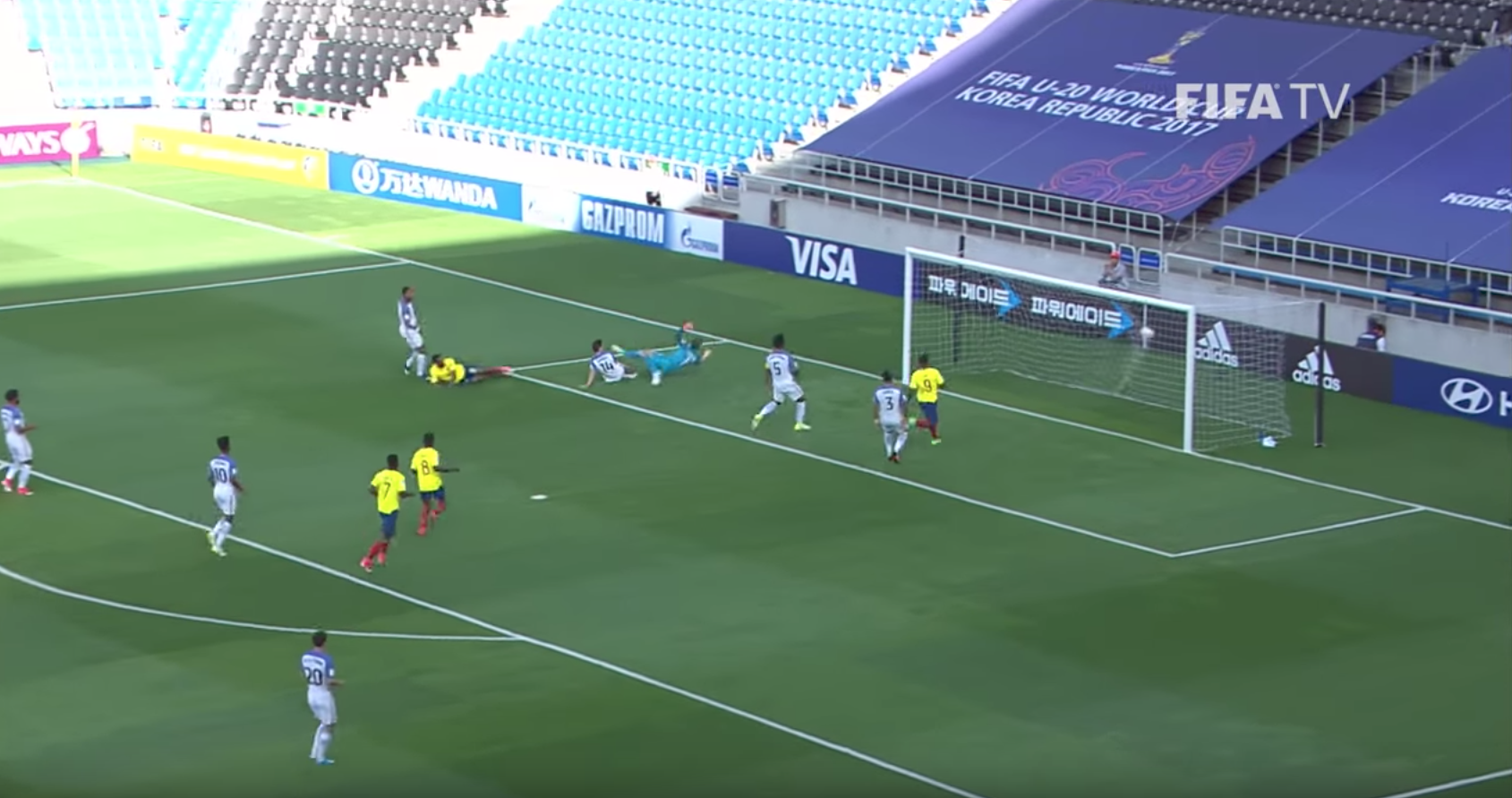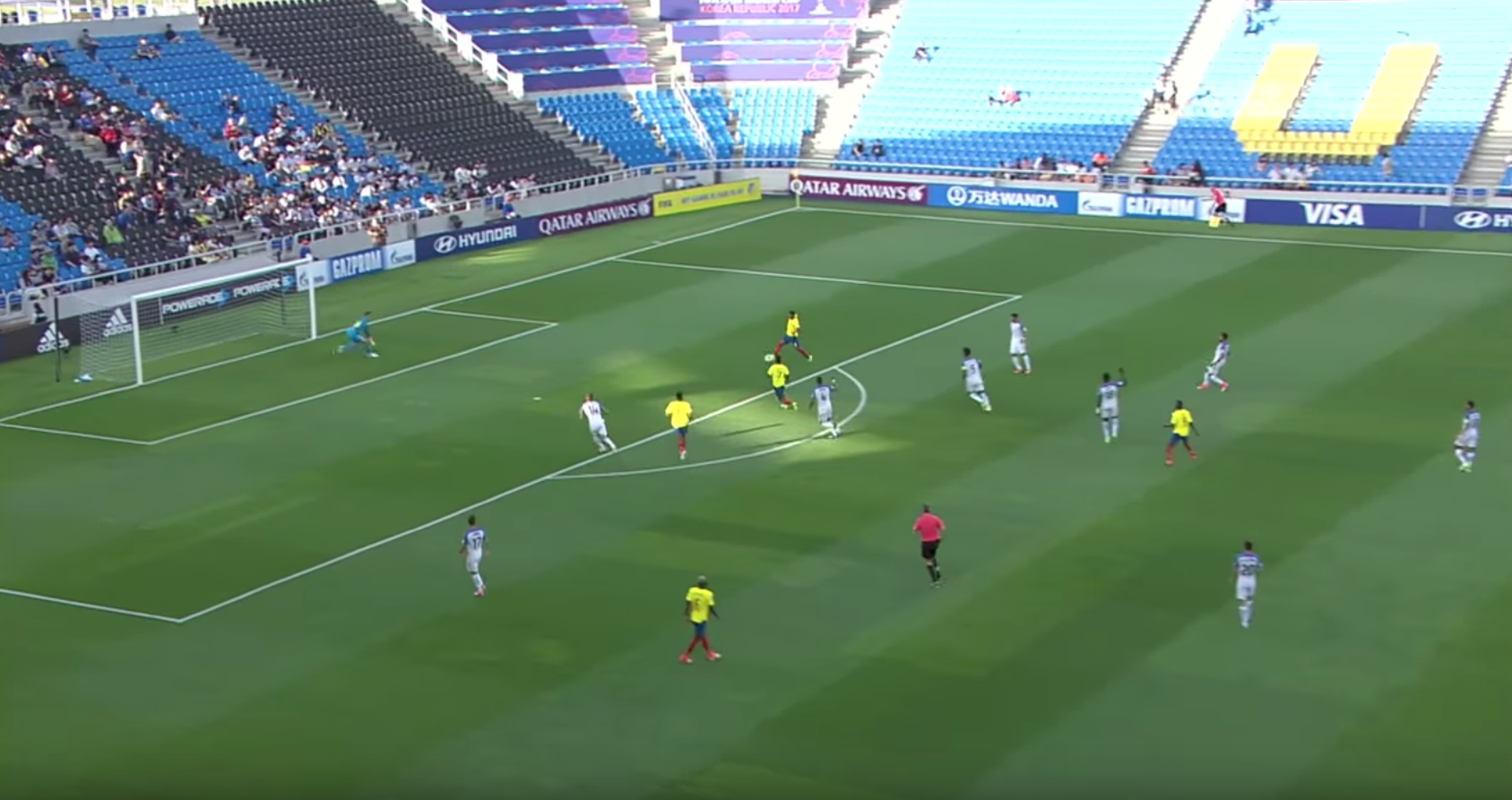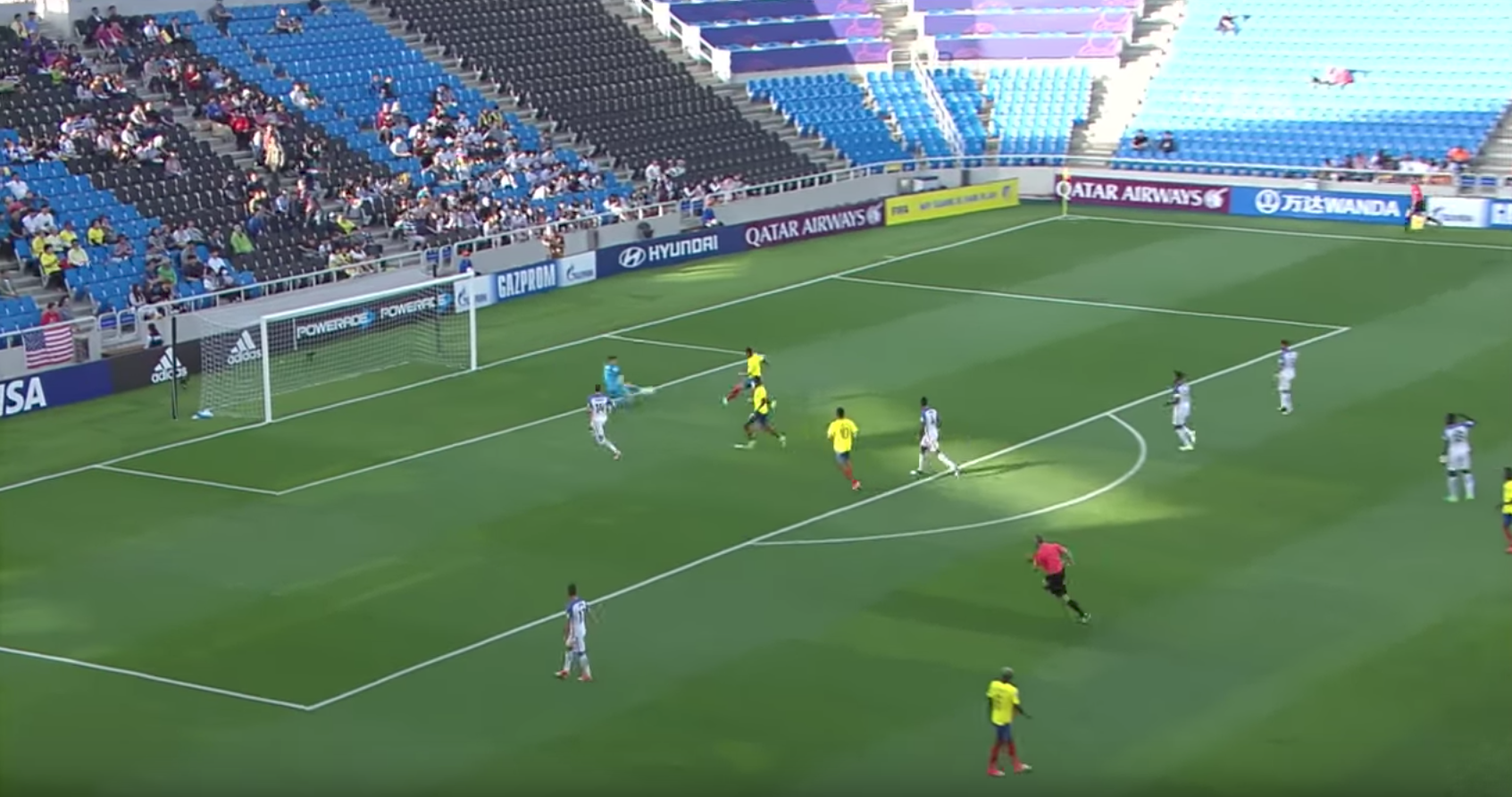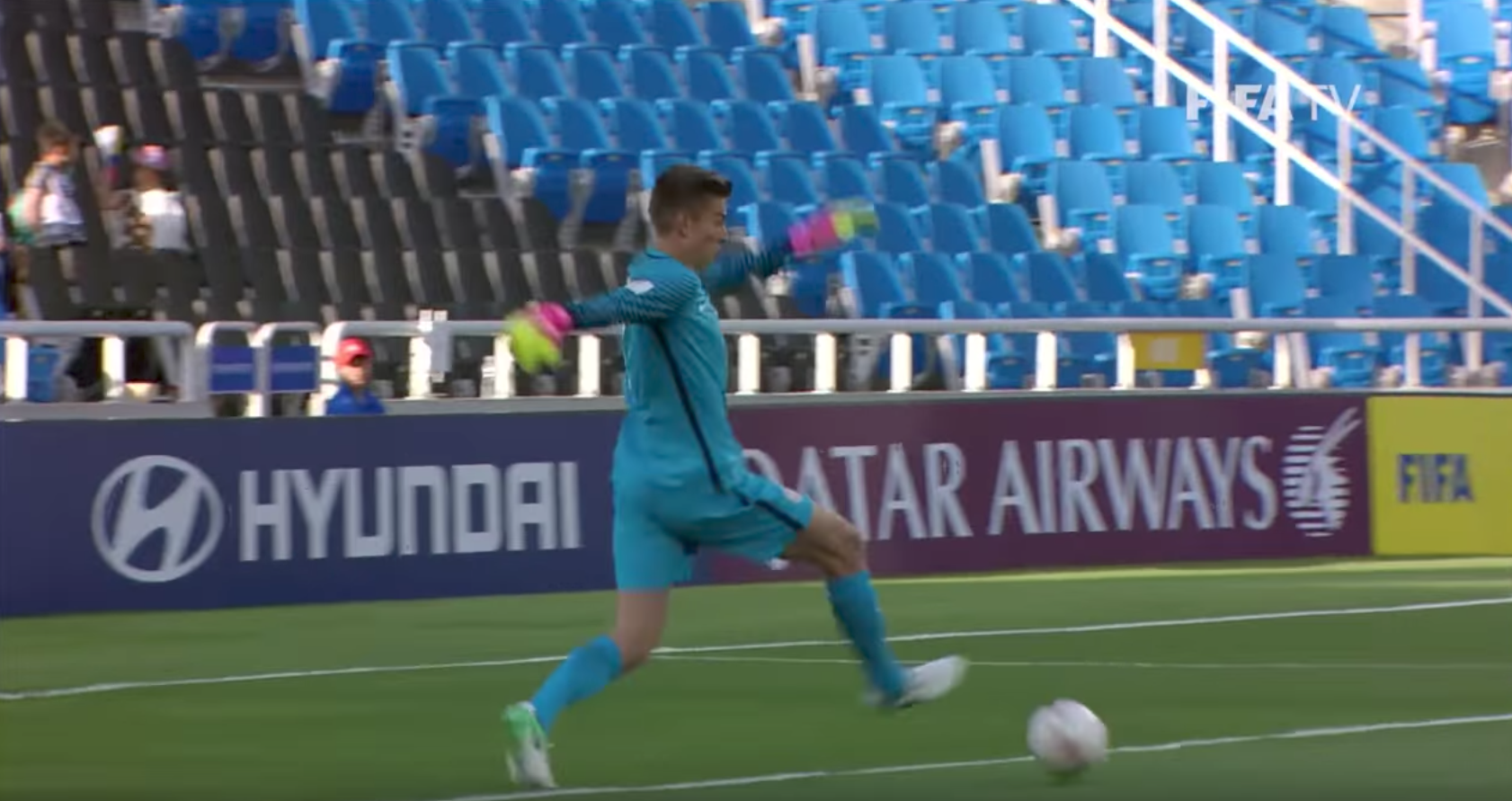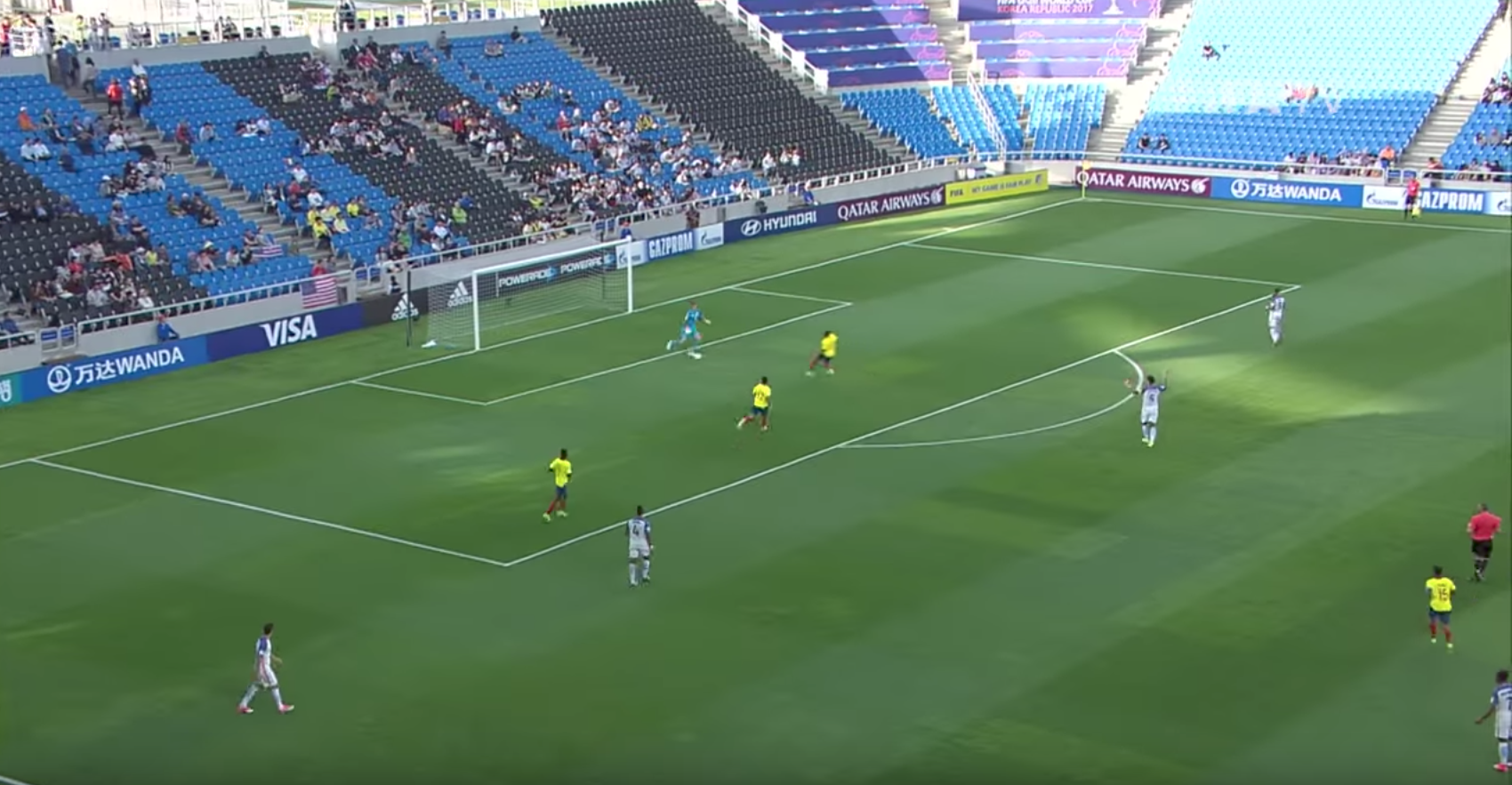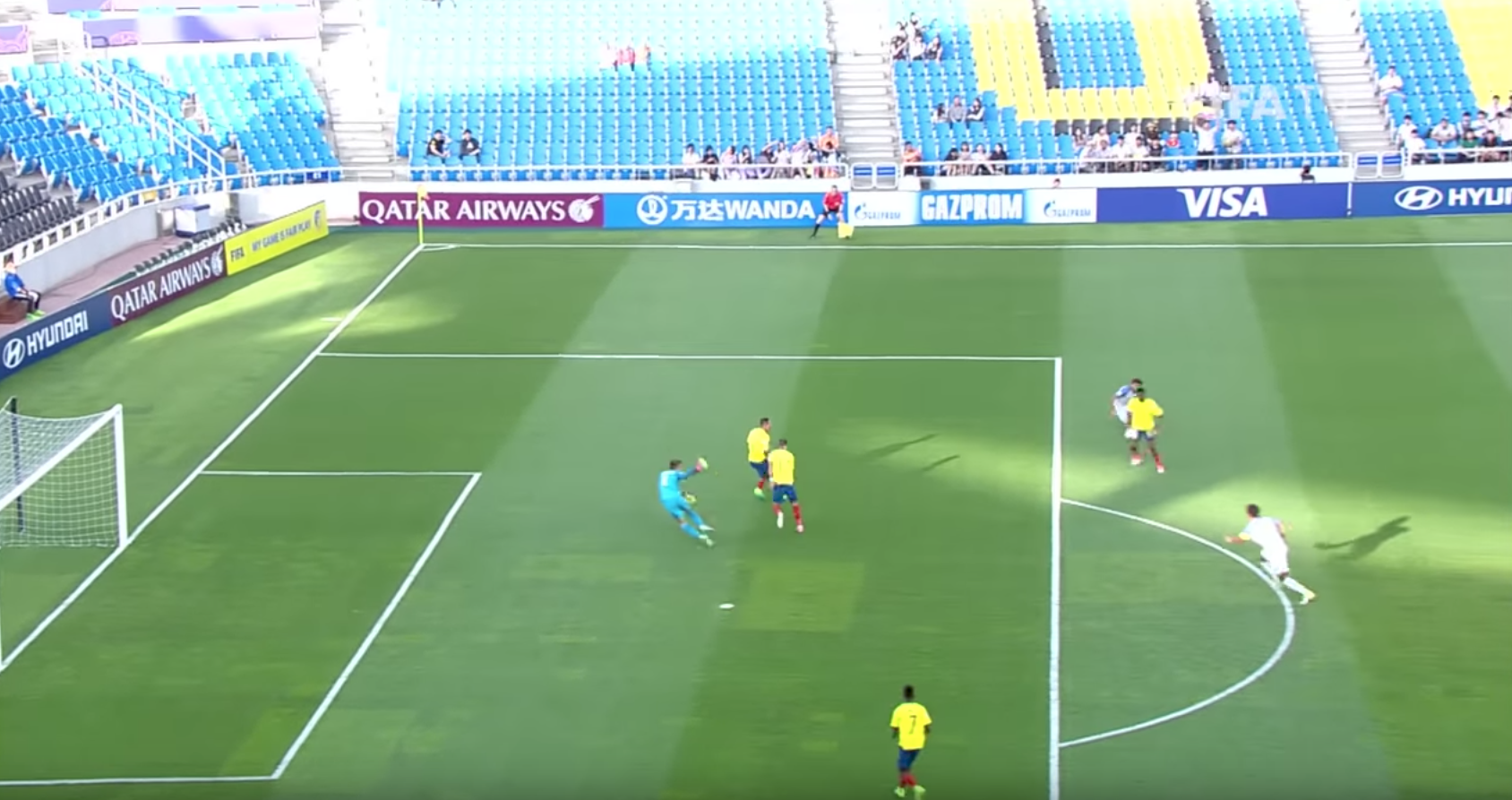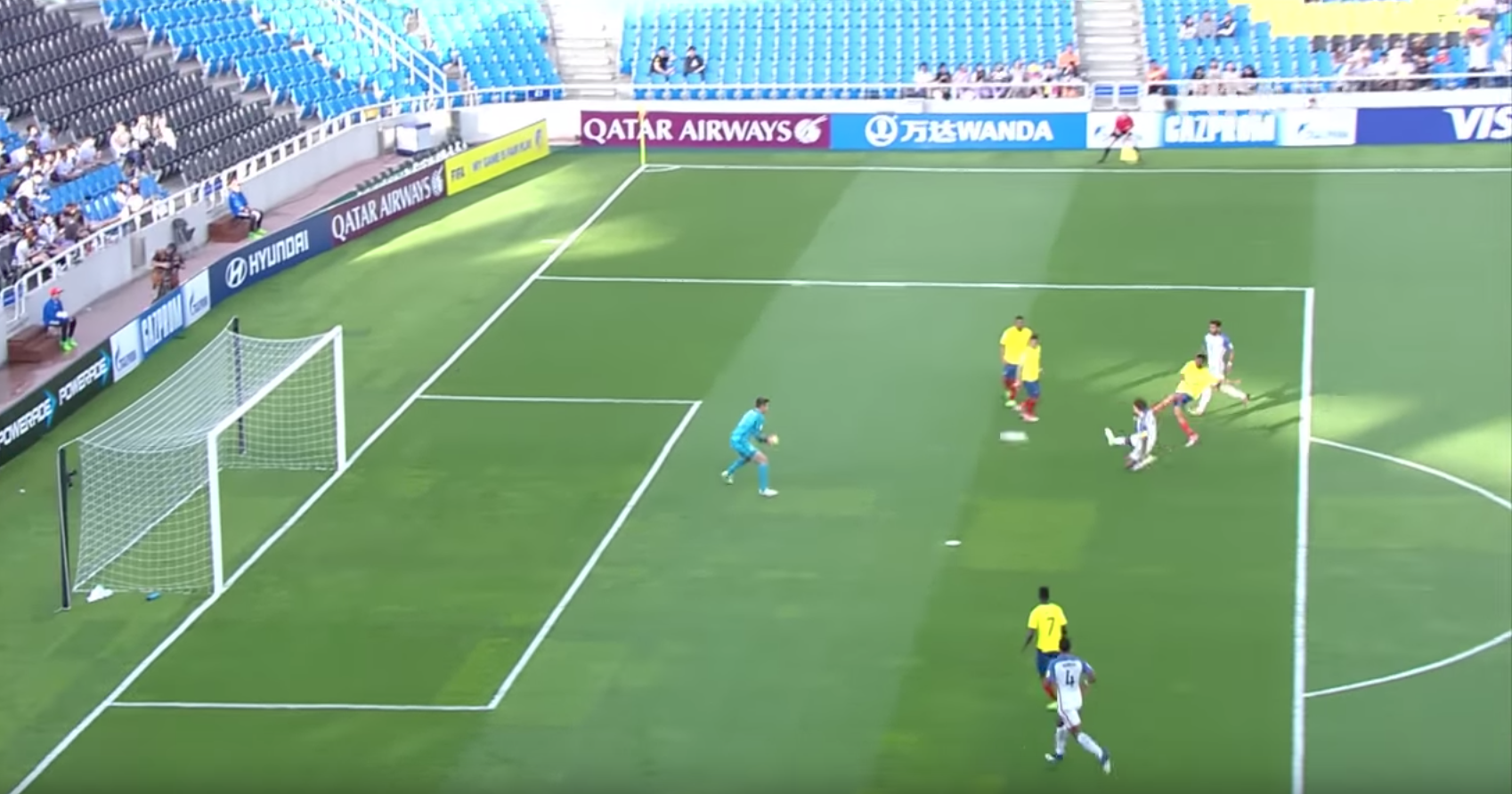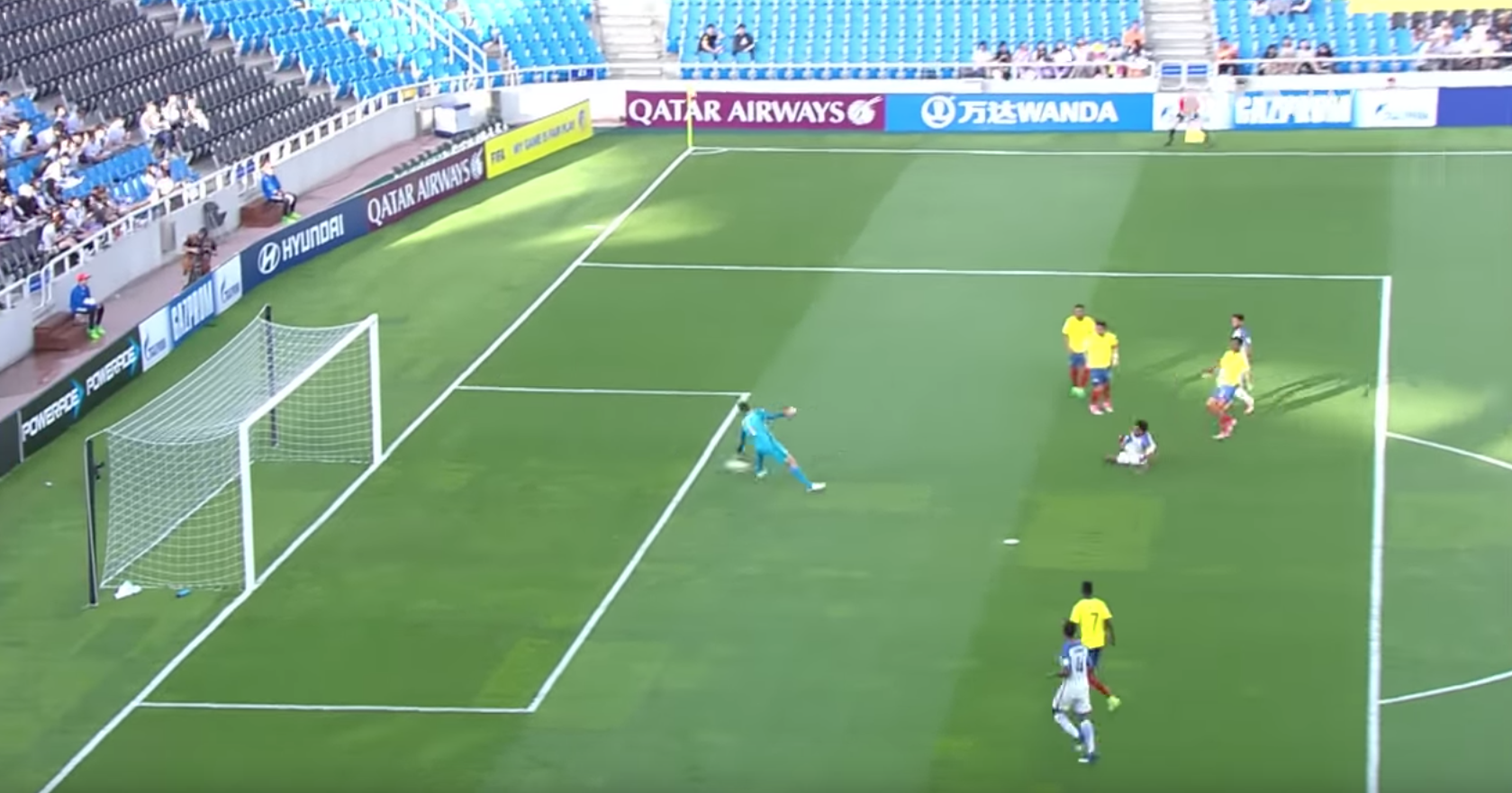It's a worrisome time for the USWNT goalkeeper position. A last place finish at the SheBelieves Cup in March raised concerns with the current starters, Alyssa Naeher and Ashlyn Harris. Now with Harris out for a month and a half and turning 32 in October, fans are left wondering what the future of the position is going to look like. There are a number of fantastic write-ups on who the next USWNT goalkeeper should be (Scott French's article on FourFourTwo lists a number of possible goalkeepers while Jessica Fletcher provides a more in-depth look at four rising stars) but there a few hurdles the USWNT needs to address first.
Get As Many Goalkeepers in As Possible
The biggest problem with the Hope Solo era is that it was only the Hope Solo era. Rarely did any other goalkeeper get on the field in the past fifteen years. It was so lopsided, that the USWNT just recently got back to having more than one goalkeeper under 30 with at least one cap.
It was encouraging to see Abby Smith's inclusion on the Scandinavia tour but to no surprise she was not granted an appearance on the field in either game. Instead Alyssa Naeher, who we know exactly what to expect as a goalkeeper, played both games. In the two game series with 25th ranked Russia back in April, Jane Campbell was subbed in for Ashlyn Harris during the 74th minute when the scoreline was 5-1. Even when the USWNT is mopping opponents, youngsters struggle to get off the bench.
Teams should strive for cohesiveness between their goalkeepers and backline but overprotecting the position, by playing only one goalkeeper, creates a glass ceiling for everyone. The starting goalkeeper becomes complacent while the backups realize they can not work themselves into the starting role.
Perhaps the best example of a team utilizing multiple goalkeepers correctly was in the most recent Copa America. Some fans were skeptical about the lack of cohesiveness in the defense but Mexico earned seven points in the three matches, topping Venezuela and Uruguay for first place. Even in a competitive tournament, Mexico had no issue rotating goalkeepers, conceding only two goals in the group stage.
An open net, when done properly, empowers the goalkeeper core as well as the rest of the team. It sends a message that the manager is looking for the best and isn't content with anything short of it. Not every American goalkeeper deserves a chance in goal, but currently there are too many goalkeepers who haven't been given a chance. For goalkeepers like Abby Smith, Haley Kopmeyer and Adrianna Franch, they're constantly thought of as possible USWNT goalkeepers but we never really know because they're not given opportunities to prove themselves.
Stop Ignoring Goalkeepers in Europe
The USWNT has a thin history with Euro-based goalkeepers. The last two goalkeepers to earn a cap when playing in Europe were Hope Solo in 2005 and Saskia Webber in 1998. It says a lot about a goalkeeper who's willing to uproot from a comfortable place and push themselves to another level. The NWSL's limited roster spots offers only so much time for American goalkeepers yet Europe has a need of high level goalkeepers. While the the USWNT should want its players to continue to strive for the next level, they routinely ignore American goalkeepers playing abroad.
Despite offering aspects that the NWSL can't, Europe is understood to be a place void of National Team invites from fans and players alike. Katie Fraine expressed back in 2014 the unlikelihood of a call up in the past. "I believe being in Europe very strongly hurts my chances on getting a call up, especially considering that all of the players currently on the national team who were previously playing abroad have been brought back to the NWSL."
Libby Stout, when playing at Liverpool, echoed the same sentiment. "I do think that being overseas slightly affects my chances. I’m not being seen on a weekly or monthly basis so the odds are less."
For goalkeepers like Alyssa Giannetti and Michelle Betos in Norway or Adelaide Gay and Lindsey Harris in Iceland or Kelsey Brouwer in Cyprus or Audrey Baldwin in France, they're training in an environment where losing their job means having to leave a country. The USWNT needs to reward players for reaching a higher standard and not encourage them to become a backup in the NWSL. If playing in Europe was good enough for Ashlyn Harris (FCR 2001 Duisburg, Tyresö FF, 2012-13) and Alyssa Naeher (Turbine Potsdam, 2011-13), it's good enough for American goalkeepers in 2017.
Explore a "B" Team For Fringe Players
If players are stuck in a limbo of being untested but not quite USWNT-ready, a "B" team would be an easy fix. Essentially the equivalent of the USMNT's Camp Cupcake in the winter, the USWNT could organize a second team to place the players in question in an elevated environment. England's David James made a great case for a "B" team for England back in 2010. Specifically he points out an issue with late bloomers:
“Otherwise, it seems, if you want to be successful in international football you had better do it while you’re young or miss out forever. As someone interested in coaching, I worry about an attitude that assumes if you haven’t done it already then you will never do it. That’s far too simplistic an approach and it says everything about this throwaway world we’re in: he’s had his chance, it didn’t work out so let’s get a new one. The B team can work as a vehicle to rejuvenate players who were in the frame at one point and are now out of it because of their age. ”
While a "B" team might not sellout stadiums, as James points out in the article, it gives players a chance to showcase themselves at an international level the NWSL can't offer. In turn, coaches are able to see who does and doesn't fit in a more intense and focused setting.
The USWNT played 25 games last year, so finding opponents isn't the issue. And there's not a shortage of countries who wouldn't mind playing the USWNT's "B" team instead of the "A" team. Young players wouldn't have to worry about costing their club team points while late bloomers could finally get themselves out of limbo. Worst-case scenario is the late bloomers aren't good enough and it turns into a U23 team to give young players time on the field.
The US aren't strangers to unconventional methods with their national teams. The early 90's essentially created a "club USMNT" as MLS wasn't established yet so players trained solely with the national team. On the women's side, the 1999 World Cup winners were club-less, as the WUSA was still two years away from creation. The USSF found a solution for both set of players to make sure they were still getting games and developing along the way.
The goalkeeper position turned stale by not giving young goalkeepers a chance and now fans are left wringing their hands over the position's future. There are avenues to reviving the position, but sticking with the same one or two goalkeepers isn't the answer.







